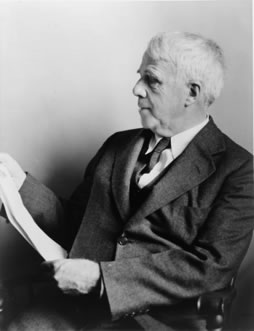Editing for Proper Syntax
Syntax, a strange-sounding word that confuses students, is actually nothing to fear. Instead of dealing with your choice of words, syntax deals with the way words are arranged in phrases, clauses, and sentences. Each of the 5,000+ languages in the world has its own syntax and its own rules about the proper way to arrange groups of words. In English, for example, our sentences usually follow a subject-verb-object order, with subjects at the beginnings of sentences and objects after verbs. Editing for proper syntax involves checking many aspects of your writing, such as sentence structure, transitions, parallelism, sentence variety, and conciseness. Readers have only your written words to figure out your point or argument—they can’t read your mind—so you must edit to ensure those words are arranged the best possible way to say exactly what you mean.
Note: Other lessons cover elements of syntax, too. Please refer to the lesson on Editing for Sentence Structure for information about checking for complete sentences and using subordinate clauses. Refer to the lesson on Editing for Coherence and Transition for sections about parallelism and transitions. Refer to the lesson on Style and Syntax for even more tips on how syntax will affect your reader.
Besides having complete sentences, your paper should also have varied sentence structures, meaning sentences with different lengths and sequencing other than the ordinary subject-verb-object order.
Try this exercise that asks you to vary subject placement in existing sentences. Be sure to read the directions first.
Many students think that the longer the sentence they write, the better the sentence. This is far from the truth. You do not need long, complicated sentences to show that you are a good writer. In fact, short sentences are often the most powerful kind. The best essays contain a mix of sentence lengths within any given paragraph. Try reading your essay aloud, pausing at every period. Listen to the rhythm of your words. Are all the sentences the same length? If your sentences drag on and on, break them up into smaller statements. Conversely, if many of your sentences are short and choppy like those in the paragraph that begins this lesson (Her name was Connie. She was fifteen.), combine some of them.
You may also want to try a more methodical approach. While you’re editing, count the number of words in each sentence—either by hand or by highlighting each sentence and using the word count tool on the computer—and put that number in the margin. Average sentence length is 12–20 words, short sentence length is under 10 words, and long sentence length is over 20 words. A paragraph with varied sentence lengths might contain sentences in this order: average, short, average, long, average, short. Another paragraph might have sentences of varied lengths, but sentences of the same length are clumped together: short, short, short, average, long, long, long. That clumping or an overwhelming predominance of any sentence length leaves room for improvement.
If you tend to write lots of short sentences, practice combining sentences in this interactive exercise. Be sure to read the directions carefully.
On the other hand, if you write more than your fair share of long sentences, look at this example of how teacher and writer Michael Leddy systematically reduces a 39-word sentence to 11 words without sacrificing meaning.

Source: Robert Frost, Library of Congress, Wikimedia Commons
To begin, it is important to note that the theme of regret is an important theme in “The Road Not Taken,” which was written by Robert Frost, and that evidence for it can be found throughout the entire poem. (39 words)
Robert Frost’s “The Road Not Taken” is, above all, about regret. Evidence that the speaker second-guesses his decision is abundant. (20 words)
A careful reading of Robert Frost’s “The Road Not Taken” shows that regret runs through the poem. (17 words)
Robert Frost’s “The Road Not Taken” is a poem about regret. (11 words)
Regret colors every line of Robert Frost’s “The Road Not Taken.” (11 words)
Remember that wordiness muddies meaning, so do what Leddy does in the example and get rid of extra words.
To practice editing overly long sentences into concise ones, do this interactive exercise.
Try this interactive editing exercise in which you locate the one sentence in each group that is not parallel. You will get immediate feedback, so if you find that you are answering incorrectly, stop and look at the section about parallelism in the lesson on Editing for Coherence and Transition.